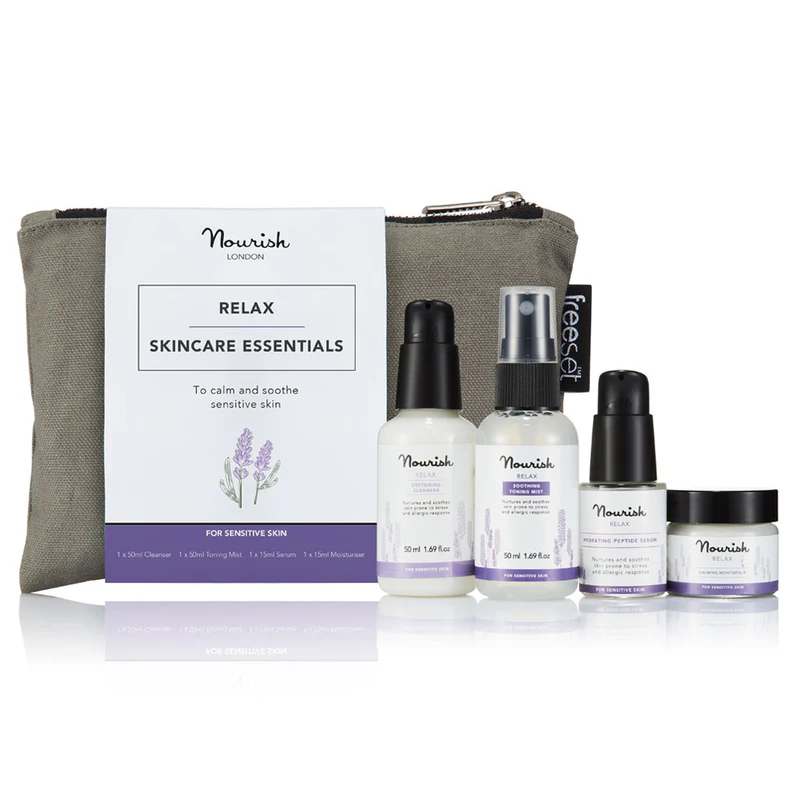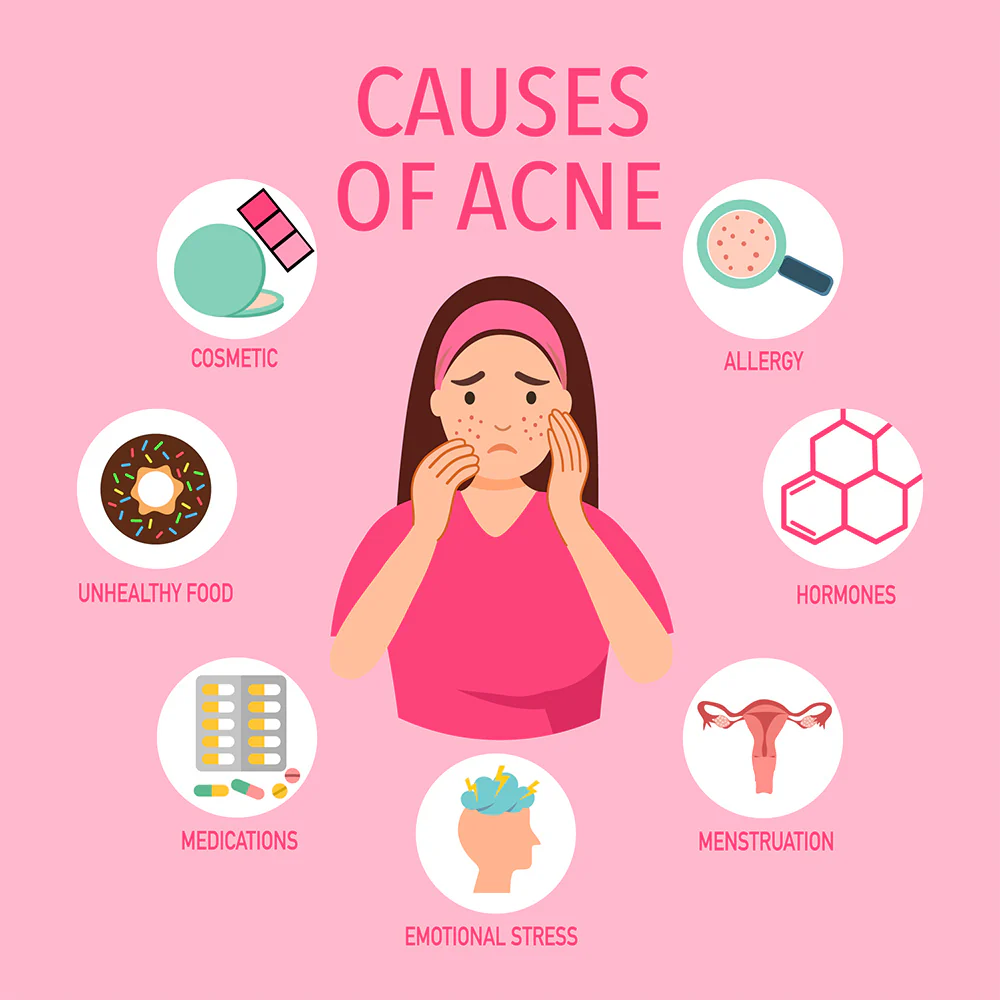Sensitive skin requires a different kind of care—one built on gentleness, simplicity, and consistency. People with sensitive skin often experience redness, tightness, burning, itching, or stinging when using certain products. Even environmental factors such as temperature changes, stress, or pollution can lead to reactions. While sensitivity varies from person to person, the right routine can significantly improve comfort and resilience.
Sensitive skin isn’t a flaw—it simply means your skin barrier is more reactive or vulnerable. With a tailored, soothing approach, you can reduce flare-ups, prevent irritation, and keep your complexion healthy and calm. This article explores the best practices, ingredients, and habits for effectively caring for sensitive skin.
1. Understanding What Sensitive Skin Really Means
Sensitive skin isn’t a medical diagnosis but a symptom of an underlying condition or skin type. The most common reasons for sensitivity include:
- A weakened or damaged skin barrier
- Skin conditions such as eczema or rosacea
- Allergies or ingredient reactions
- Overuse of exfoliants or strong actives
- Hormonal shifts
- Environmental triggers (wind, heat, cold, pollution)
Recognising your specific triggers helps you build a routine that avoids irritation and protects your skin.
2. Simplify Your Routine
Sensitive skin thrives on simplicity. Too many steps or too many active ingredients can overwhelm the skin and increase the risk of irritation.
An ideal sensitive-skin routine includes:
Morning:
- Gentle, fragrance-free cleanser
- Hydrating serum (optional)
- Lightweight moisturiser
- Mineral sunscreen
Evening:
- Cleanser
- Soothing serum or barrier-repair product
- Richer moisturiser or cream
A “less is more” philosophy reduces the likelihood of reactions and allows your skin to maintain balance.
3. Choose the Right Cleanser
The wrong cleanser can strip your skin and trigger sensitivity. Instead of foaming cleansers with harsh surfactants, opt for:
- Cream cleansers
- Milk cleansers
- Oil or balm cleansers (if not acne-prone)
- Fragrance-free, sulfate-free formulas
Ingredients like glycerin, allantoin, and oat extract provide gentle cleansing without disrupting the skin’s barrier.
4. Support and Repair the Skin Barrier
The skin barrier keeps moisture in and irritants out. When it’s compromised, skin becomes red, dry, itchy, and reactive. Strengthening the barrier is essential.
Key barrier-repair ingredients include:
- Ceramides — restore the protective layer
- Hyaluronic acid — improves hydration
- Squalane — lightweight and soothing
- Panthenol (B5) — reduces inflammation
- Niacinamide (low concentration) — strengthens barrier function
- Oat extract & colloidal oatmeal — calm irritation
Using products with these ingredients consistently can transform sensitive skin over time.
5. Avoid Common Irritants
Sensitive skin reacts easily, so it’s crucial to avoid triggers. Common irritants include:
- Fragrance or parfum
- Essential oils
- Alcohol denat. (drying alcohols)
- Harsh exfoliants
- Strong retinoids (especially early on)
- High concentrations of vitamin C (L-ascorbic acid)
- Menthol, eucalyptus, peppermint
- Overly foaming cleansers
Reading ingredient labels becomes especially important when you have sensitive skin.
6. Introduce Active Ingredients Slowly
Sensitive skin can use actives—retinoids, vitamin C, acids—but they should be introduced gradually and carefully.
Safe guidelines include:
- Use retinol no more than 1–2 times a week initially
- Choose gentler forms such as retinaldehyde or encapsulated retinol
- Opt for vitamin C derivatives like sodium ascorbyl phosphate instead of pure L-ascorbic acid
- Use lactic acid instead of glycolic acid for exfoliation
- Avoid mixing too many actives in one routine
Following the “one new product every two weeks” rule helps you pinpoint what your skin can tolerate.
7. Patch Testing Is Essential
Patch testing is the best way to prevent reactions:
- Apply a small amount of product to your jawline or behind the ear.
- Wait 24–48 hours.
- Look for signs of irritation.
If no reaction occurs, you can safely incorporate it into your routine.
8. Manage Sensitivity with Lifestyle Habits
Skincare products are only one part of managing sensitive skin. Lifestyle factors also play a major role:
- Reduce stress, which increases inflammation
- Get consistent sleep for proper skin repair
- Avoid extreme temperatures
- Use a humidifier in dry environments
- Wear soft, breathable fabrics
- Limit alcohol and spicy foods if you have rosacea
A holistic approach often yields the greatest improvement.
9. When to Seek Professional Advice
If you experience persistent redness, burning, or flaking, or if your skin becomes increasingly reactive, it may be time to see a dermatologist. Conditions like eczema, seborrheic dermatitis, or rosacea often require targeted treatment.
Final Thoughts
Caring for sensitive skin is all about protection, nourishment, and patience. With the right products and habits, you can reduce flare-ups, support your barrier, and enjoy healthier, calmer skin. A gentle, consistent routine and awareness of triggers are the keys to long-term comfort and resilience.



